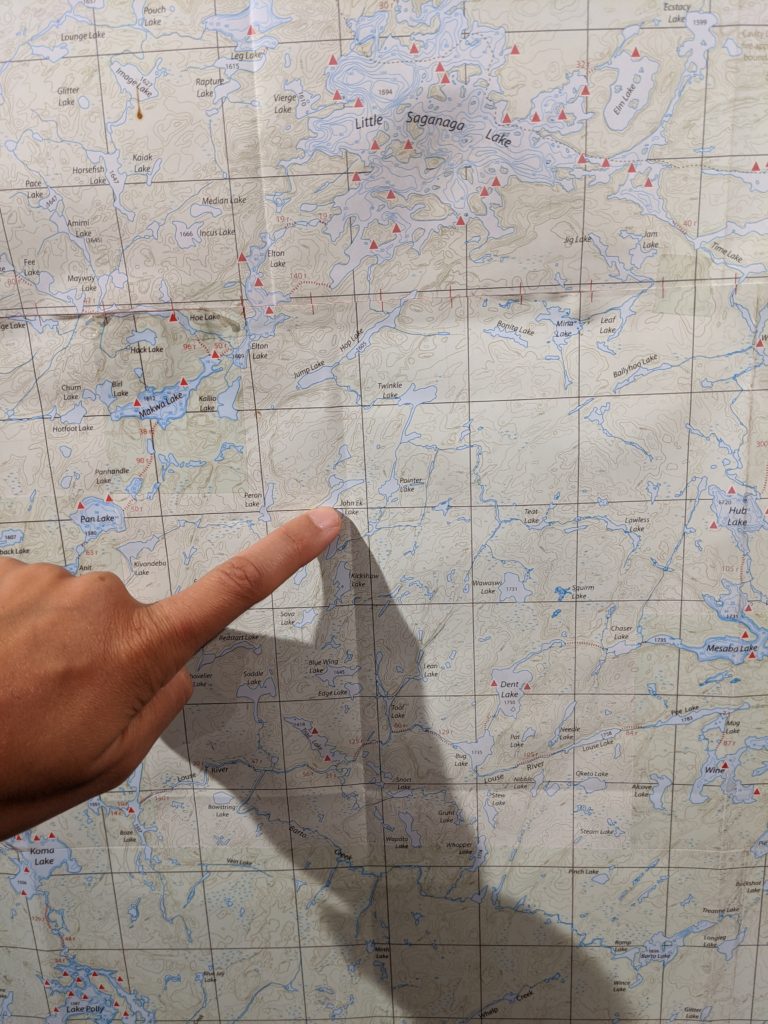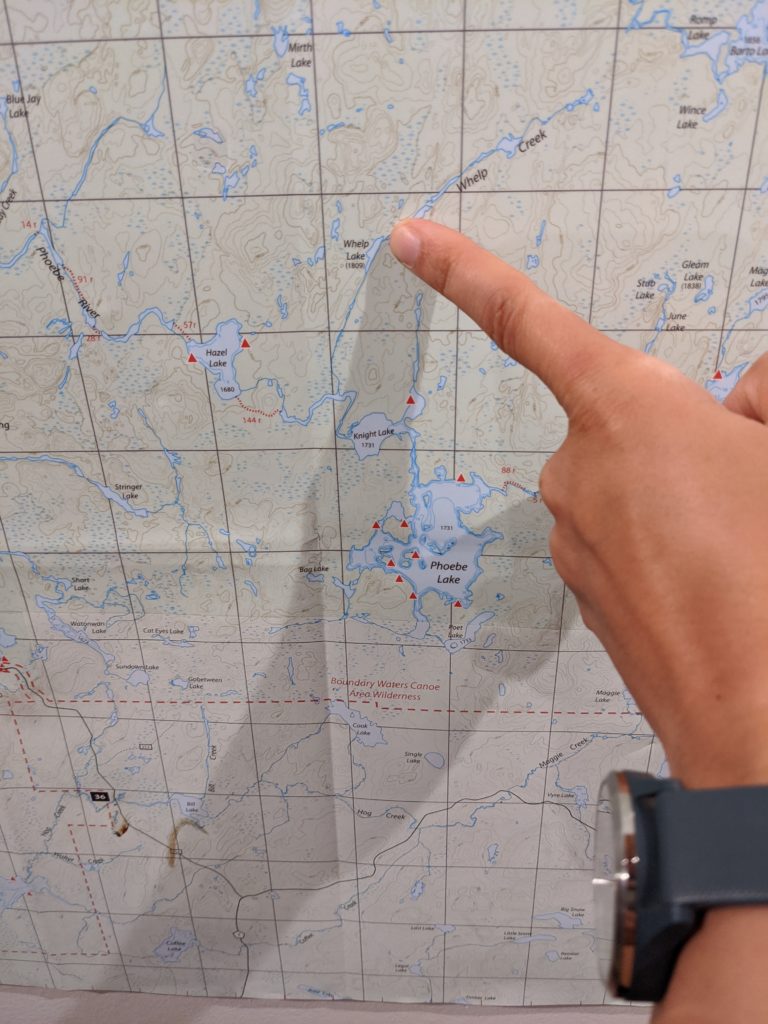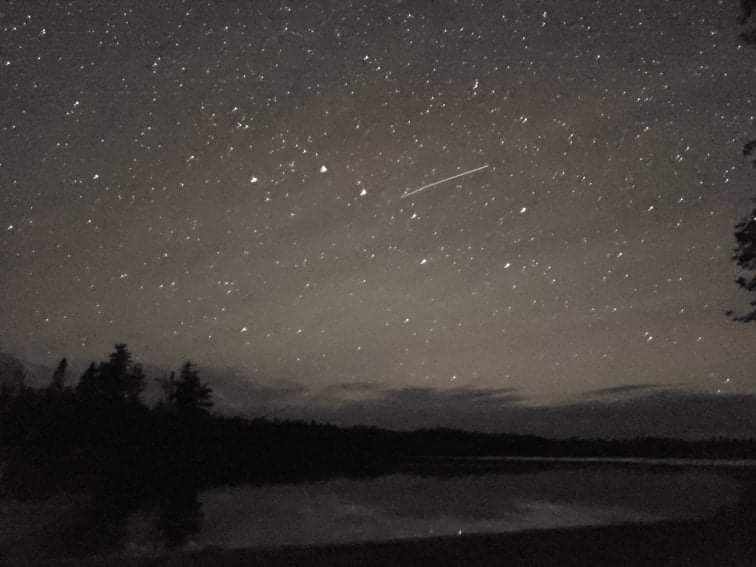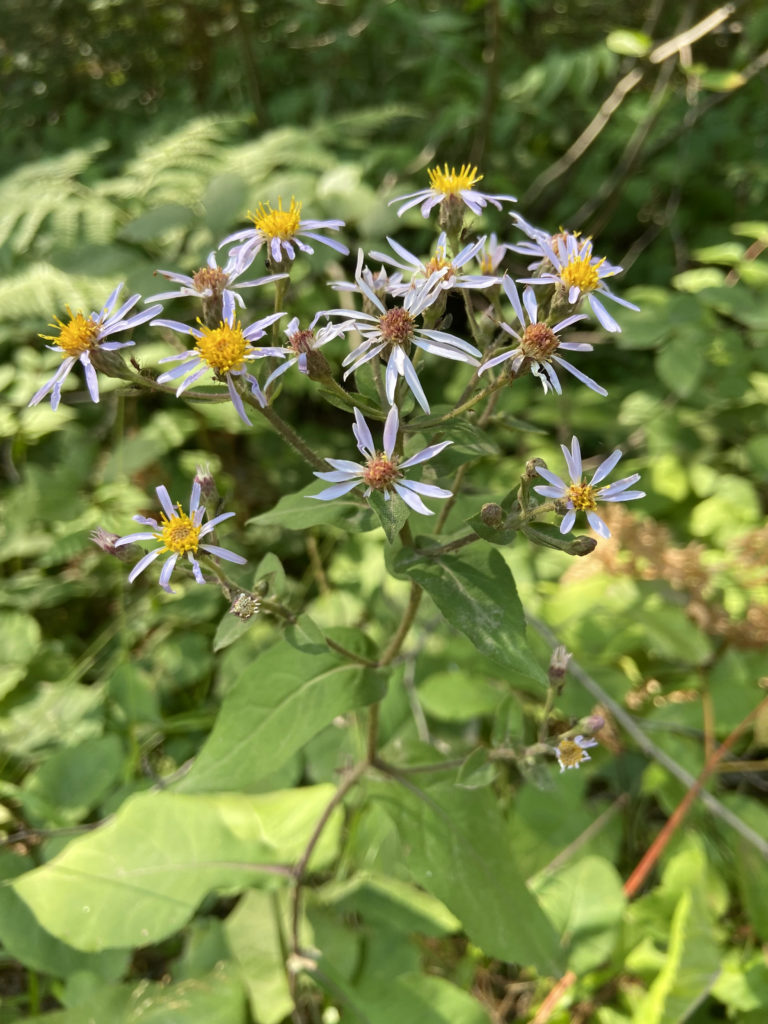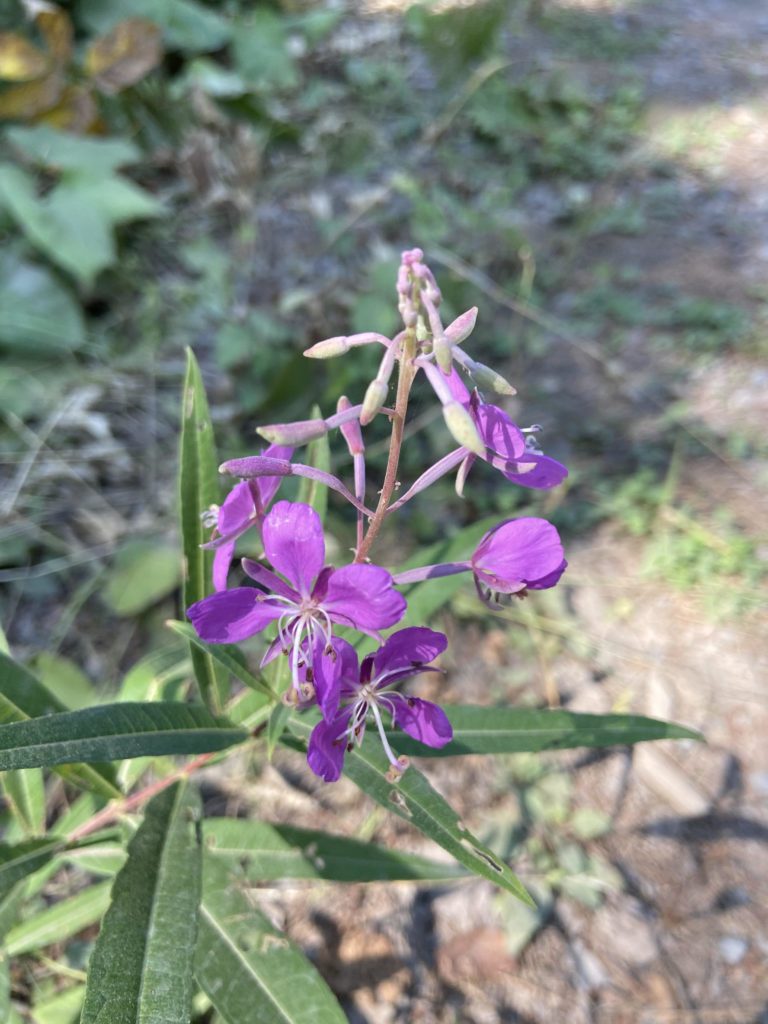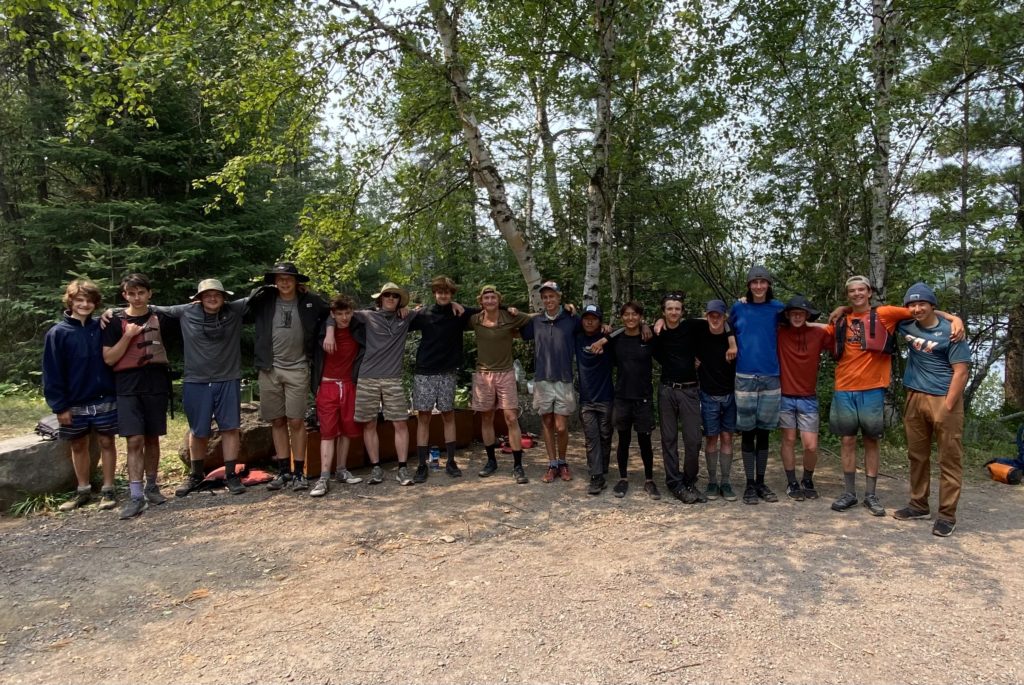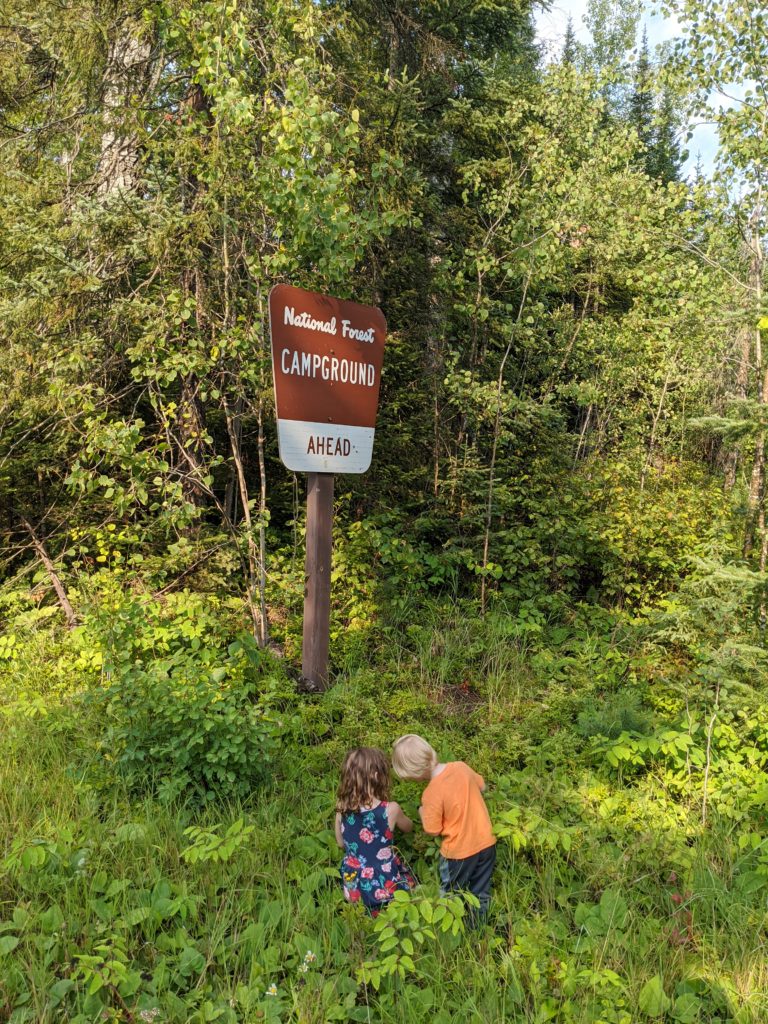8/17/21 – Communications during wildfire season can be challenging. There are many stakeholders to inform, fires are dynamic, and the situation is always changing. We are very lucky here in Cook County to have good working relationships between agencies, and are additionally privileged to have an exceptional local radio station. WTIP (90.7) has been staying up to date on fire conditions in the area, with a number of key interviews providing insight.
This morning WTIP interviewed the Tofte District Ranger Ellen Bogardus-Szymaniak. Click here to listen to her update on the fires in our area.
We are expecting to receive an order closing the Louse River route today. We will post details when we know what the exact boundaries of the closure are. It is important to note that these closures are done in an abundance of caution. The Louse River is not currently burning. Because of the difficulty of that route and the limited exit options, closing the area is the prudent thing to do. A Forest Service wilderness crew is currently sweeping the route to inform any campers in the area.
The Greenwood fire, near Isabella, continues to make headlines as it grows quickly. None of the closures or evacuations from this fire are in our immediate area.
I highly recommend listening to the WTIP story linked above. It is a succinct and clear description of the situation as it stands this morning. If you are so inclined, you can donate to our small local radio station here. This valuable local resource is certainly worth the support, in my opinion!
Clare

